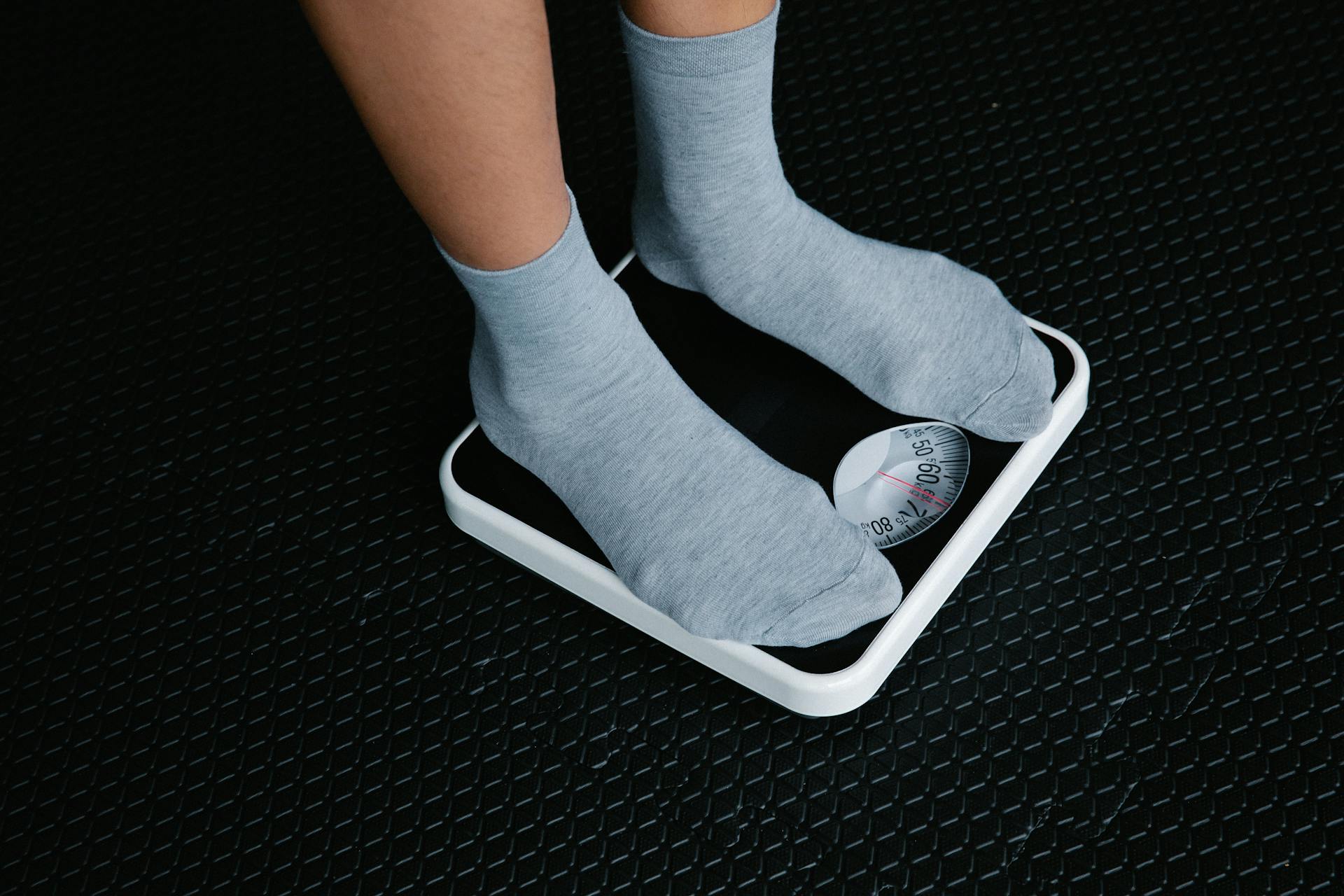
“Exercise will make you lose weight!” — This statement sounds correct, but why do many people exercise vigorously yet see no change in their weight, or even gain more? In reality, losing weight through exercise is not as simple as imagined. Incorrect exercise methods not only waste time but may also harm your health. Today, we’ll uncover 5 major myths about exercise for weight loss to help you avoid these pitfalls and burn fat efficiently!
Myth 1: The Higher the Exercise Intensity, the Faster the Weight Loss
Many people believe that exercising intensely will help them lose weight quickly. As a result, they engage in excessive running, HIIT workouts, and even exercise to exhaustion daily. However, high intensity ≠ high fat burning!
Why is this wrong?
- Body enters “energy-saving mode”: Long-term high-intensity exercise causes the body to adapt and reduce calorie consumption.
- High risk of muscle injury: Excessive exercise can lead to joint damage, decreased immunity, and even rhabdomyolysis (muscle breakdown).
Correct approach:
✅ Gradual progression: Beginners should start with low-intensity exercise (brisk walking, swimming) and gradually increase.
✅ Combine cardio + strength training: 3-4 cardio sessions per week, combined with 2 strength training sessions to increase metabolism.
Myth 2: Only Do Cardio, Not Strength Training
Many people trying to lose weight only run or jump rope but never do strength training. As a result, although their weight decreases, their body becomes flabby, and they regain weight more quickly.
Why is this wrong?
- Muscle loss: Long-term cardio-only exercise consumes muscle, leading to decreased basal metabolism and an “easy-to-gain-weight” constitution.
- Lack of body definition: After losing weight, skin becomes loose with no muscle definition.
Correct approach:
✅ Combine cardio and strength training: Do 20-30 minutes of strength training first (squats, push-ups), then cardio, for more efficient fat burning.
✅ Increase metabolism by building muscle: More muscle means higher resting metabolism—you’ll burn more calories even while resting!
Myth 3: Fasting Exercise Has Better Fat-Burning Effects
“Morning fasting runs help you lose weight faster!” — This claim is popular, but is it scientifically accurate?
Why is this wrong?
- Risk of low blood sugar: Exercising on an empty stomach can cause dizziness, fatigue, or even fainting.
- Muscle breakdown for energy: The body may break down muscle protein for energy, ultimately lowering metabolism.
Correct approach:
✅ Eat a small amount before exercise: 1 banana, 1 slice of whole wheat bread, or 1 cup of sugar-free yogurt to provide energy.
✅ Try black coffee for morning workouts: Caffeine can enhance exercise performance, but avoid exercising completely on an empty stomach.
Myth 4: Not Controlling Diet After Exercise
“I ran 5 kilometers today, so I’ll reward myself with hot pot!” — This is why many people fail to lose weight.
Why is this wrong?
- Calorie excess: 1 hour of running ≈ burns 300 calories, but one milk tea ≈ 400 calories, one hot pot meal ≈ 1000 calories!
- Faster absorption after exercise: After exercise, the body is in a “hungry state,” making it easier to store fat from high-calorie foods.
Correct approach:
✅ Consume protein within 30 minutes after exercise: Eggs, chicken breast, or protein powder helps with muscle recovery.
✅ Control total calories: Maintain “intake < consumption” to continuously lose fat.
Myth 5: Spot Reduction (e.g., Only Training Abs to Lose Belly Fat)
“Doing 100 crunches every day will make you lose belly fat!” — This is the biggest weight loss lie!
Why is this wrong?
- Fat is burned throughout the body; you cannot lose fat in only one area through specific exercises.
- Training only abs ≠ reducing belly fat. You may build muscle, but if fat remains, your belly might actually appear larger.
Correct approach:
✅ Full-body fat reduction: Use cardio exercises (running, jumping rope, swimming) to lower overall body fat percentage.
✅ Combine with core training: Exercises like planks and hanging leg raises make abdominal muscles more defined.
Summary: Keys to Scientific Exercise for Weight Loss
- Don’t blindly pursue high intensity; gradual progression is more sustainable.
- Combine cardio and strength training to prevent muscle loss and increase metabolism.
- Don’t exercise completely on an empty stomach; appropriate energy intake is safer.
- Control your diet after exercise, or your efforts will be wasted!
- There’s no such thing as spot reduction; your belly will slim down when your overall body fat decreases.
Remember: Weight loss is not a sprint but a marathon. Scientific exercise + reasonable diet is the key to healthy weight loss!
